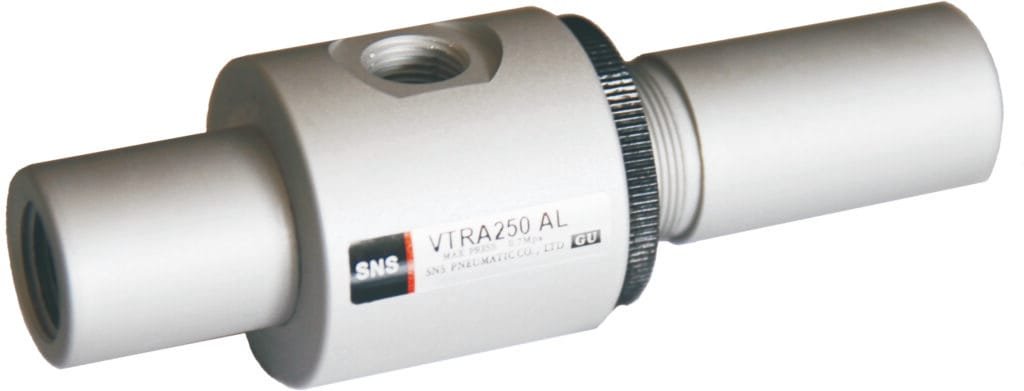Pneumatics systems leverage the power of compressed air to perform various tasks in industrial and consumer applications. These systems are known for their reliability, simplicity, and energy efficiency. The use of pneumatics spans across several industries, from manufacturing to entertainment.
In this article, we will explore 20 distinct examples of pneumatics systems and their practical uses in everyday life and industrial processes. Each example illustrates how pneumatic technology is applied to achieve automation, control, and mechanical motion.
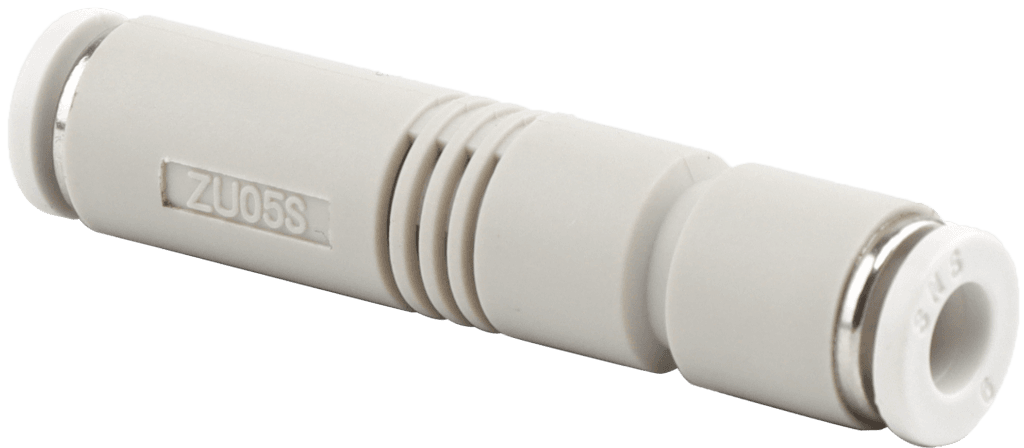
Examples of Pneumatics System From Everyday Life
Bicycle Pumps
In a bicycle pump, the pneumatics system works by converting manual force into compressed air to inflate tires. Fundamentally, when the pump handle is pushed down, air is propelled through a tight seal in the chamber, creating pressure. This compressed air is then directed into the bicycle tire via a hose and valve. A check valve ensures that air flows only one way into the tire and prevents backflow as the handle is pulled up for another stroke.
As successive strokes are executed, pressure within the tire builds up until it reaches its optimal level. The effectiveness of this system depends on several factors such as the tightness of piston seals, efficiency of valves, and ergonomics of the pump design. Releasing excess air is often facilitated by depressing a small release valve which mitigates over-inflation risks.
Brakes on Buses and Trucks
Pneumatic systems are crucial for the operation of brakes in buses and trucks. A pneumatic brake system, commonly known as air brakes, uses compressed air as a medium to transmit pressure from the driver’s control to the brake mechanism located at each wheel. When the driver presses the brake pedal, air is pushed through a series of valves and brake chambers, ultimately resulting in the deployment of brake pads or shoes to create friction and slow down the vehicle.
These systems consist of an air compressor powered by the vehicle’s engine which continuously supplies air to a storage tank. The compressor maintains adequate pressure within this reservoir to ensure that brakes can be applied immediately when needed. An air dryer often accompanies these components to remove moisture, which can affect braking efficiency.
Moreover, pneumatic systems are equipped with a network of tubes and hoses that accurately channel pressurized air during braking. Safety devices such as anti-lock braking systems (ABS) also rely on pneumatic control units to enhance stability during sudden stops.
The key advantage of using pneumatics in heavy vehicles’ braking systems lies in their ability to provide greater force over longer distances than mechanical linkages, an essential feature given the substantial mass these vehicles must bring to a halt.
Tire Pressure Gauges
Tire pressure gauges utilize pneumatic systems to measure air pressure inside a tire. When connected to a tire’s valve stem, the gauge’s internal mechanism detects the force exerted by the compressed air within. This force moves a calibrated spring or piston within the device, resulting in a reading that is displayed on an analog dial or digital screen.
Operators rely on these pressure readings to adjust tire inflation accurately, leading to better fuel efficiency, prolonged tire life, and reduced risks of accidents caused by improperly inflated tires. Some advanced gauges may also come equipped with features such as bleed valves, which allow users to release excess air without removing the gauge; this contributes to achieving precise inflation effortlessly.
Jackhammer
Air compressors generate pressurized air, which is subsequently directed into the jackhammer’s piston chamber. As the compressor forces air at high pressure into this chamber, it creates force on a piston. This piston reciprocates rapidly—a mechanical process instigated by the alternating pressurized and depressurized states created by the return valve. The back-and-forth motion of the piston exerts direct impact onto the chisel or bit attached to the jackhammer, translating pneumatic power into destructive force that breaks apart concrete and other hard materials efficiently.
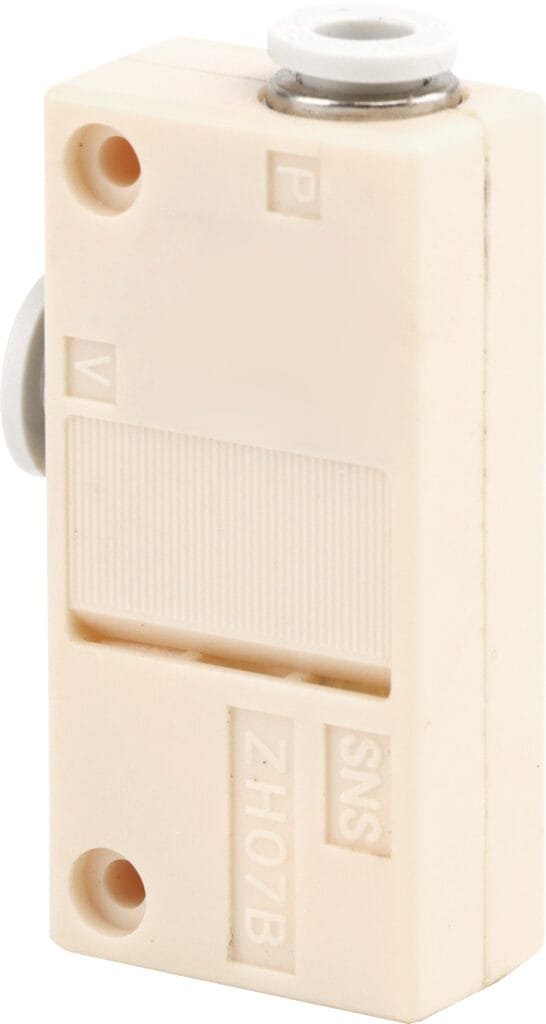
Pneumatic Nail Guns
Pneumatic nail guns are tools powered by compressed air that facilitate the driving of nails into wood or other materials with ease and speed. The pneumatic system within a nail gun operates on a simple principle: pressurized air is stored in a reservoir and is released through a valve when the user pulls the trigger. This burst of air drives a piston forward, which in turn pushes the nail out of the barrel with significant force. The pressure can often be adjusted to accommodate different lengths and diameters of nails as well as various densities of material.
The efficiency of this system is due to its ability to rapidly reset after each nail is fired, allowing for quick successive operations that would be far more labor-intensive if done manually. Additionally, pneumatic nail guns have safety mechanisms built-in to prevent accidental discharge, requiring sequential actions before firing—a safety tip must be depressed against the work surface before the trigger can engage.
Amusements
Pneumatics systems are integral to various amusement park rides and attractions, providing both functionality and entertainment. They operate by using compressed air to create controlled movement. For example, pneumatic cylinders can be found in the animatronics of theme park characters, allowing for realistic motion that emulates lifelike gestures. Similarly, air compressors power up quick-action ride elements such as those seen in drop towers or shoot-the-chute water rides; compressed air is suddenly released to shoot a ride vehicle upwards or drop it swiftly down a track.
Another usage of pneumatics in amusements is in interactive exhibits or games where bursts of air can be used to move objects or even create sensory effects like a gust of wind. Pneumatic valves are crucial for these applications as they regulate the flow of compressed air, ensuring precision and safety in operations. These systems provide an efficient means for producing smooth and repeatable motions which are essential for maintaining the immersive experience amusement parks aim to offer.
Exercise Machines
In the realm of fitness equipment, pneumatic exercise machines employ compressed air to create resistance that can be adjusted to suit the user’s strength and fitness level. Unlike traditional weight-stack machines, which utilize a series of weights for resistance, pneumatic systems rely on pressurized air within cylinders or bellows to challenge the user. The degree of difficulty brought by this resistive force is controlled through a regulator that adjusts the air pressure.
By manipulating the airflow, users can smoothly transition between different resistance levels without stopping their workout to manually change weights. This seamless adjustment enhances workout fluidity and allows for more dynamic exercise routines. Additionally, because these machines use air resistance rather than mechanical friction from weights or pulleys, the risk of injury due to overexertion or sudden movement is reduced.
The efficiency of pneumatics in exercise machines offers both safety and convenience, making them a popular choice in rehabilitation centers and gyms that prioritize versatility and ease of use. The lack of moveable weights also means pneumatic equipment tends to require less maintenance and so can be more durable over time.
Pipe Organs and Pneumatics
Pipe organs are traditional musical instruments that utilize a pneumatic system to produce sound. In these majestic instruments, pressurized air plays a fundamental role. Air is pushed through pipes of varying lengths and sizes, which resonance produces the diverse tones and notes pipe organs are known for. This pneumatic action is the crux of the operation.
The use of pneumatics in pipe organs begins with an air source, typically a blower, which supplies air at a stable pressure to a wind reservoir. From there, this pressurized air is distributed to smaller wind channels, controlled by valves that are activated by the organist’s keys and pedals. When an organist presses a key or pedal, it opens the corresponding valve allowing pressurized air to enter a pipe and create sound.
The intricacy of pneumatic systems within pipe organs allows for not only single-note production but also complex chords and rich tonal textures by opening multiple valves simultaneously. The pneumatic control can also extend to various stops and knobs used by the organist to adjust timbre and volume, making the system incredibly versatile.
Ultimately, pneumatics in pipe organs facilitate precise control over musical expression by harnessing the power of compressed air to bring forth melodies that have resonated through cathedrals and concert halls for centuries.
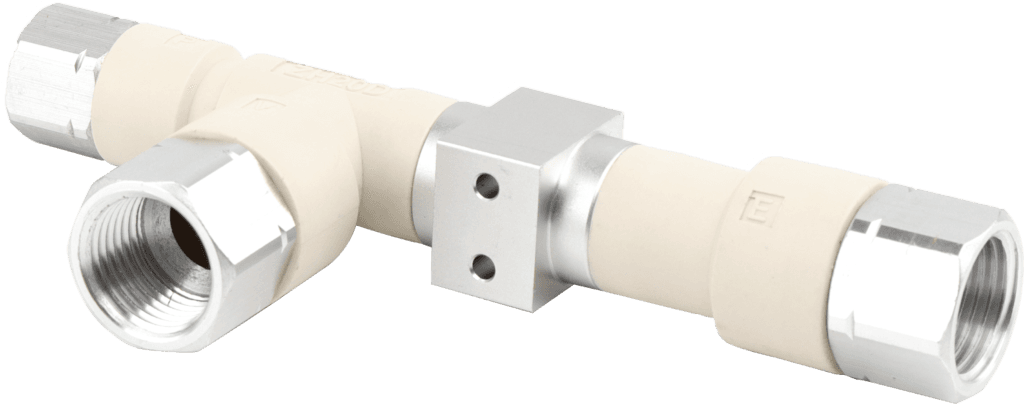
Breast Pumps
Breast pumps are medical devices that utilize a pneumatics system to assist lactating women in expressing milk. These devices operate by creating a vacuum, which mimics the natural sucking action of an infant, thereby facilitating milk extraction from the breasts. The pneumatic mechanism in a breast pump is primarily designed to ensure gentle and rhythmic suction patterns, enabling an effective yet comfortable pumping experience.
The core components of this pneumatics system consist of an electric or manual pump that controls airflow. For electric breast pumps, a motor generates suction and releases cycles, while manual variants often employ a lever or handle that the user operates to create air movement. Air is drawn out of a sealed collection container, which lowers the pressure inside; this creates a vacuum that gently pulls on the nipple and extracts milk into the attached bottle or bag.
Regulation and adjustments are critical for maintaining comfort during use. Many pneumatic breast pumps offer control settings that allow users to alter suction levels and cycles per minute – features essential for mimicking natural nursing intervals closely.
By employing a pneumatics system tailored to mimic the intricate dynamics of breastfeeding, these pumps aid in addressing challenges such as initiating lactation, relieving engorgement, sustaining milk supply when separated from the infant, or simply providing convenience for on-the-go feedings.
Vacuum Pump
A vacuum pump is an essential component within a pneumatics system that operates on the principle of creating a lower pressure area relative to atmospheric pressure. By doing so, it effectively removes air or gas molecules from a sealed volume to create a vacuum. The mechanism ensures that the reduced pressure facilitates various industrial processes or applications that require pneumatic operations.
The operation of a vacuum pump in systems often employs either Positive Displacement, Momentum Transfer, or Entrapment principles. Positive Displacement pumps work by mechanically trapping a fixed volume of air and repeatedly cycling this volume into and out of an isolated chamber. Meanwhile, Momentum Transfer pumps, also known as molecular pumps, utilize high-speed jets of dense fluid or high-speed rotating blades to knock air molecules out of the chamber. Lastly, Entrapment pumps capture gases in adsorbent surfaces or cooled walls within the vacuum container.
Pneumatic Delivery Tubes
Pneumatic delivery tubes function as an integral part of a logistics or communication system within various establishments, including banks, hospitals, and corporate environments. These systems utilize compressed air to propel cylindrical carriers through a network of tubes, efficiently transporting items such as documents, small parcels, or lab samples from one point to another with speed and precision.
The operation begins with the insertion of the intended cargo into a carrier. Once sealed, the carrier is placed into the transmission station, where it locks into position at the entrance of a tube. Using valves and pressure regulators, compressed air is then introduced behind the carrier to create differential pressure, propelling it forward through the tube. Sensors positioned along the tubing monitor the progress of the carrier and maintain airflow until it arrives at its destination. Upon reaching its endpoint, mechanical or electronic mechanisms are triggered to retrieve the vessel gently from the network without damaging any contents inside.
These robust pneumatic systems are carefully designed with fail-safes and backup mechanisms to ensure consistent functionality while requiring minimal maintenance. They epitomize convenience in internal logistics by reducing physical labor and dependency on manual transport methods.
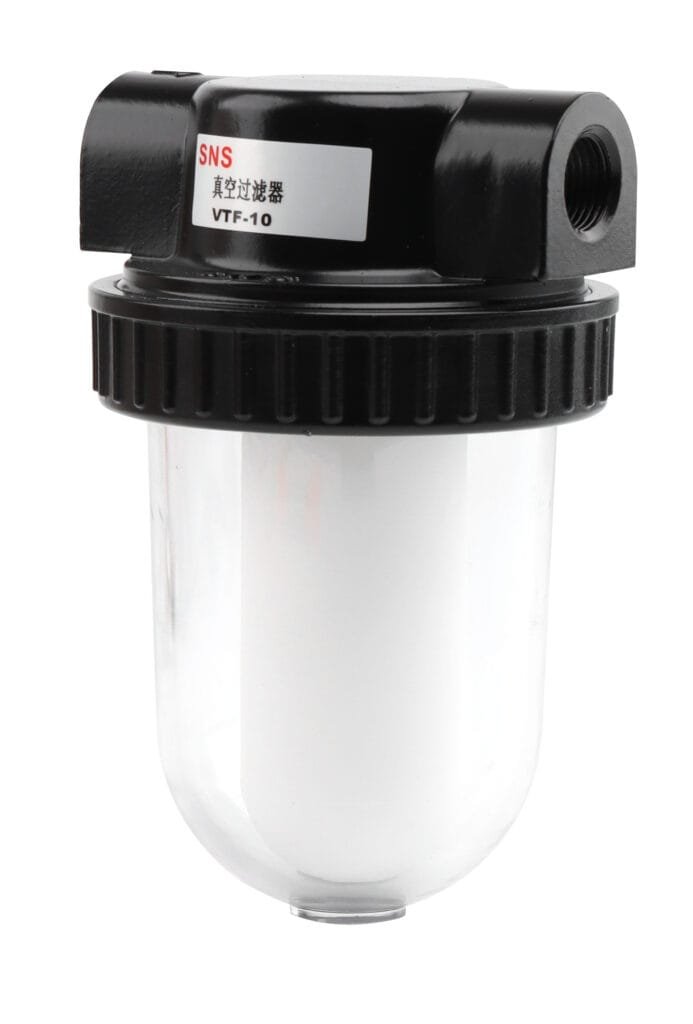
Lego Pneumatics
Lego pneumatics involve a set of specialized Lego components that simulate real-world pneumatic systems. These components operate based on principles of pressurized air which enable movement or force application in various constructions. In a typical Lego pneumatics system, an air pump generates pressure by compressing air within a cylinder. This pressurized air is then directed through flexible tubes to actuate pneumatic cylinders, allowing for linear motion to be harnessed for mechanisms such as cranes, diggers, or any other construct that requires controlled movement.
These pneumatic cylinders employ pistons which are pushed outwards by the compressed air, translating into movement within the built model. Controlling these movements can be finely tuned using valves that regulate airflow. By adjusting the flow valve, users can control the speed and extent of the piston’s extension and retraction, giving precision to how the model operates.
Moreover, releasing pressure is key to reversing piston movement; thus, a release valve is invariably part of a complete Lego pneumatic kit. The interoperability with conventional Lego parts allows hobbyists and educators alike to use pneumatics intuitively within their builds, underscoring concepts of physics and engineering through play.
Examples of Pneumatics System From Industrial
Cable Jetters
Cable jetters, a vital tool in the telecommunications industry, employ pneumatic systems to facilitate the installation of cables in conduits or tubing. These devices use high-pressure air to push a special projectile attached to the cable through the conduit. As the projectile is propelled forward by compressed air, it drags the cable along with it. This technique drastically reduces the time and physical effort required compared to manual pulling methods.
Optimization of pressure levels is critical in cable jetting; too much pressure can damage cables while insufficient force impedes installation efficiency. Additionally, advanced pneumatic systems within cable jetters allow operators to control airflow precisely, ensuring smooth and consistent propulsion of cables over long distances. Cable jetters also frequently incorporate features like variable speed controls and pressure release valves to maintain safety while allowing adaptability to different types of installation scenarios.
Pneumatic Drillers
Drillers, especially those used in construction and mining, often rely on pneumatics for their operation. Pneumatic drillers are powered by compressed air to generate the force required for drilling through hard materials such as concrete and rock. Inside a pneumatic driller, compressed air is directed through a system of valves to a piston inside a cylinder. The rapid expansion of this air pushes the piston back and forth. This motion is transferred to the drill bit, resulting in a powerful hammering action that pulverizes material at the point of impact.
As the compressor forces more air into the cylinder, control mechanisms ensure that pressure levels are ideal for efficient operation without causing damage to the equipment or risking safety. In these machines, air hoses and connectors play crucial roles in facilitating the smooth transfer of pressurized gas. Additionally, lubrication systems within pneumatic drillers continuously oil the moving parts to minimize friction and wear over time.
Pneumatics provide several advantages over electric-powered tools, such as lighter weight equipment and decreased risk of electric shock. Furthermore, they perform exceptionally well in environments where electrical sparks pose a fire hazard or where electric power might not be readily available.
Air Compressor
An air compressor is a pivotal component in a pneumatic system, functioning as the primary source of power by converting electrical energy into pneumatic potential energy. It works on the principle of increasing air pressure through volume reduction, which results in compressed air that can be stored in tanks for subsequent use. In various applications, this compressed air acts as an energy transmitter or motive force. Within an air compressor, one may find pistons, rotary screws, or vanes that facilitate the compression process; these parts work together to draw ambient air in through a filter, compress it within a confined space, and then push it out to a connected reservoir or directly to pneumatic tools.

Pressure Regulators and Sensors
Pressure regulators and sensors play a pivotal role in pneumatic systems by managing and monitoring the pressure levels to ensure consistent and safe operation. These components are essential for controlling the flow of compressed air, which is the lifeblood of any pneumatic system.
A pressure regulator, also known as an air pressure regulator, serves as a control valve that automatically cuts off the flow of a gas or liquid at certain pressures. In a pneumatics system, it reduces the input pressure from the air compressor to a desired level and maintains this constant output pressure despite variations in input pressure and downstream flow demands. This device is critical for maintaining operational safety and effectiveness, ensuring tools and equipment function at their optimal pressure settings.
Sensors within these systems, specifically pneumatic sensors, are used to detect changes in force or pressure within the circuit. They send signals that help modulate the regulators’ responses or flag system users when pressures are outside predetermined ranges. Types of sensors found in these systems include mechanical switches that respond to changes in contact movement due to pressure fluctuations, or electronic sensors that convert pressure readings into electrical signals for more complex system feedback.
Together, these instruments create a dynamic duo that optimizes pneumatic efficiency by preventing over-pressurization risk and enabling precise control over applications ranging from simple tasks like inflating tires to more advanced uses such as controlling robotic arms or actuating valves in industrial machinery.
Pneumatic Bladder
A pneumatic bladder functions as an essential component in various systems where the containment and transfer of energy using compressed air are required. Compressible gases within these bladders store potential energy that can be released to perform work. The effectiveness of a pneumatic bladder depends on its material composition, which is often made from robust elastomers capable of enduring repetitive expansion and contraction.
These components typically see utilization in applications requiring shock absorption, vibration isolation, or fluid control. They operate by adjusting their internal pressure in response to external conditions, allowing for versatile functionality across different industries. For instance, a pneumatic bladder may be integrated into seating systems for vehicles to enhance comfort through adjustable support driven by changes in air pressure.
In operation, a controller or manual mechanism inflates or deflates the bladder to meet the desired parameters. Pneumatics relies on such controlled environments wherein pressurized gas effectively enacts force upon surfaces or materials to achieve a specific action. The simplicity and reliability of pneumatics make bladders practical for applications ranging from industrial machinery cushioning to sophisticated medical devices needing precise pressure modulation.
Pneumatic Cylinders
Pneumatic cylinders, also known as air cylinders, are mechanical devices integral to the function of pneumatics systems. They convert the energy of compressed air into a mechanical motion that can be linear or rotary. This conversion occurs through the controlled movement of a piston within a cylinder. The piston movement is initiated by differential pressure — when compressed air is introduced into one side of the cylinder, it creates a pressure imbalance which forces the piston to move toward the lower-pressure area.
This functionality is commonly employed in various industrial and automation applications due to its simplicity, reliability, and efficiency. In these settings, pneumatic cylinders are responsible for actuating movements such as pushing or pulling loads, positioning elements, or even operating sophisticated robotic arms. The variety of applications stems from different configurations available for pneumatic cylinders which include single-acting (wherein compressed air acts on only one side of the piston) and double-acting types (wherein air can alternately enter both sides of the piston to achieve reciprocating movement).
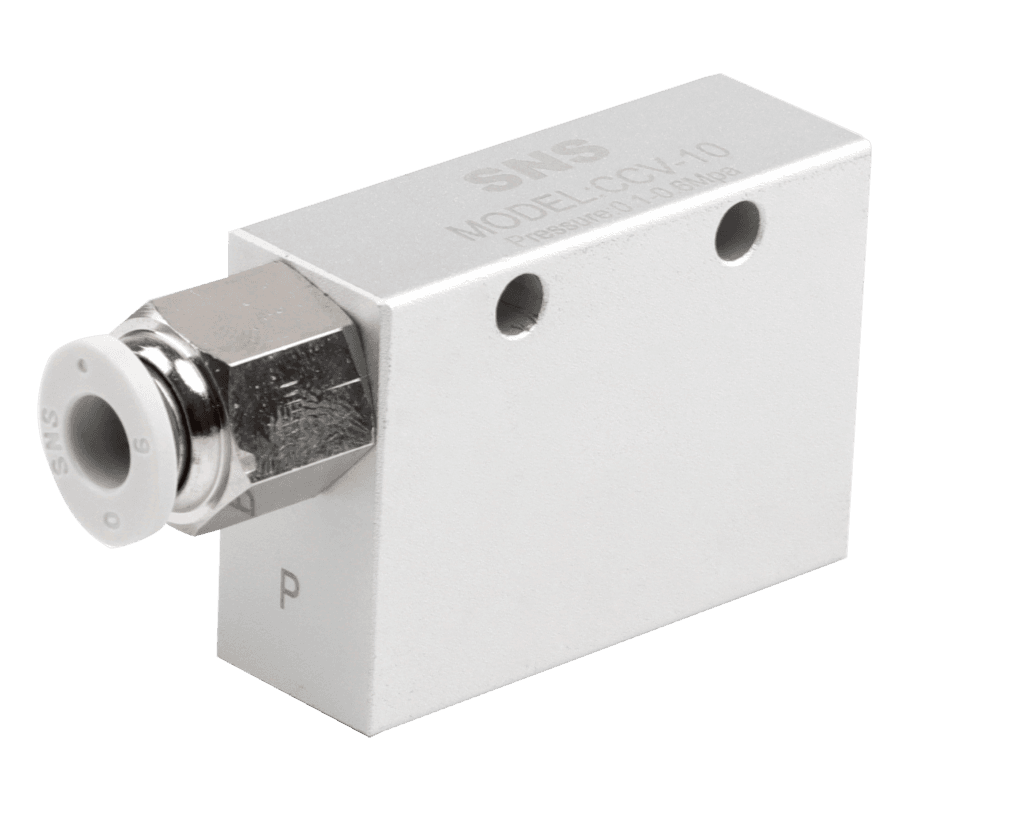
Pressure Switches
Pressure switches are essential components within pneumatic systems, tasked with the monitoring and regulation of air pressure. Their primary function is to act as a safety mechanism that ensures that the system maintains pressure within specific parameters. When the pressure reaches a predetermined threshold—a setting that can be adjusted based on system requirements—the switch activates and either turns on or shuts off an electric circuit. This response helps prevent potential damage caused by excessive pressure.
In operations, pneumatic pressure switches may control the starting and stopping of compressors, regulate alarm systems to indicate when maintenance is required, and ensure consistent operation in various industrial applications. Typically composed of a diaphragm or bellows acting as a sensing element, these switches respond to minute changes in internal air pressure. As such fluctuations occur, mechanical action translates into electrical signals which initiate corresponding control actions.
Barostat Systems
Barostat systems utilize pneumatics to maintain or measure the pressure within a given space or system. Principally used in medical and research applications, these devices harness the properties of gas to control and regulate pressure with precision. In such systems, an externally controlled air source is connected to a flexible, expandable balloon or chamber that can adapt its volume. Through careful modulation of air flow into this chamber, a barostat system can maintain a constant pressure or volume within the attached environment despite external variations.
For example, gastrointestinal barostat systems are instrumental in studying the mechanics and reflexes of the gastrointestinal tract by maintaining a constant pressure within certain sections while monitoring muscular responses and sensations. Industrial uses also embrace similar technologies for material testing where consistent pressurization is crucial to assess structural integrity under variable conditions.
Furthermore, barostats play a vital role as components in advanced manufacturing processes where pressure regulation is paramount. These precise instruments capitalize on air’s compressibility and adjustability, offering accurate control mechanisms which are particularly favorable for dynamic systems requiring adaptive feedback controls.
In Conclusion
In conclusion, the diverse examples of pneumatic systems outlined in this article underscore their vital role across various industries, demonstrating their versatility and efficiency in harnessing the power of compressed air.
Discover more about how pneumatics can optimize your operations by exploring our extensive resources. Get in touch with our experts today to find tailored solutions that meet your specific needs.
